24 pages • 48 minutes read
Langston HughesSlave on the Block
Fiction | Short Story | Adult | Published in 1933A modern alternative to SparkNotes and CliffsNotes, SuperSummary offers high-quality Study Guides with detailed chapter summaries and analysis of major themes, characters, and more.
Important Quotes
“They were people who went in for Negroes—Michael and Anne—the Carraways. But not in the social-service, philanthropic sort of way, no. They saw no use in helping a race that was already too charming and naive and lovely for words.”
(Paragraph 1)
The opening paragraph reveals the Carraways’ paternalistic attitude toward Black culture and Black people. The idea that Black people are naive and lack sophistication reflects the notion that they’re primitives whose innocence of the modern world requires protection for their own good. It implies that white people must protect that innocence.
“So they went in for the Art of Negroes—the dancing that had such jungle life about it, the songs that were so simple and fervent, the poetry that was so direct, so real. They never tried to influence that art, they only bought it and raved over it, and copied it. For they were artists, too.”
(Paragraph 1)
The Carraways’ belief that consuming Black art is part of what makes them artists is an example of cultural appropriation. The Carraways think that they can embrace and create Black art without embracing real Black people and the culture that produces this art.
“Of course they knew Harlem like their own backyard, that is, all the speakeasies and night clubs and dance halls, from the Cotton Club and the ritzy joints where Negroes couldn’t go themselves, down to places like the Hot Dime, where white folks couldn’t get in—unless they knew the man. (And tipped heavily.)”
(Paragraph 2)
Like many wealthy white people of the period, the Carraways can cross the racial divide as patrons of clubs in Harlem, a Black quarter of New York that inspired the Harlem Renaissance. Although the Carraways claim to love Black people, they’re complicit in white supremacist power structures because they support clubs that practice racial segregation. Their sense of pride in the ability to use their wealth to enter Black spaces is further evidence of their complicity.
Related Titles
By Langston Hughes

Children’s Rhymes
Langston Hughes

Cora Unashamed
Langston Hughes

Dreams
Langston Hughes

Harlem
Langston Hughes
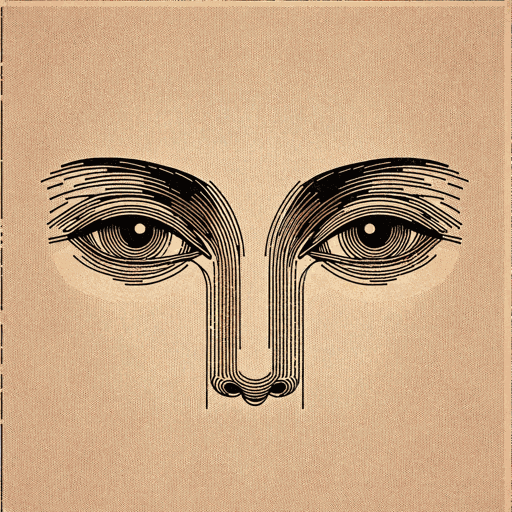
I look at the world
Langston Hughes

I, Too
Langston Hughes

Let America Be America Again
Langston Hughes
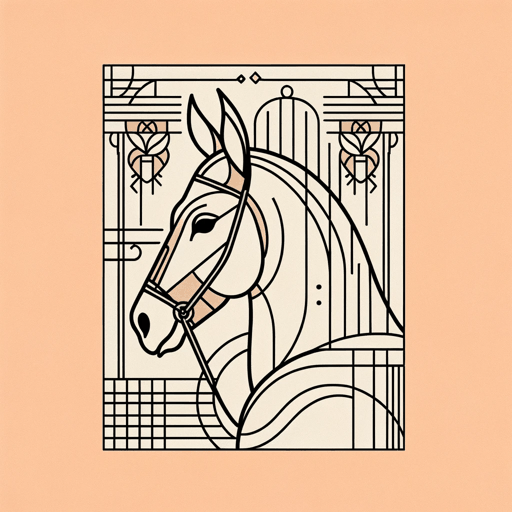
Me and the Mule
Langston Hughes

Mother to Son
Langston Hughes

Mulatto
Langston Hughes

Mule Bone: A Comedy of Negro Life
Langston Hughes, Zora Neale Hurston
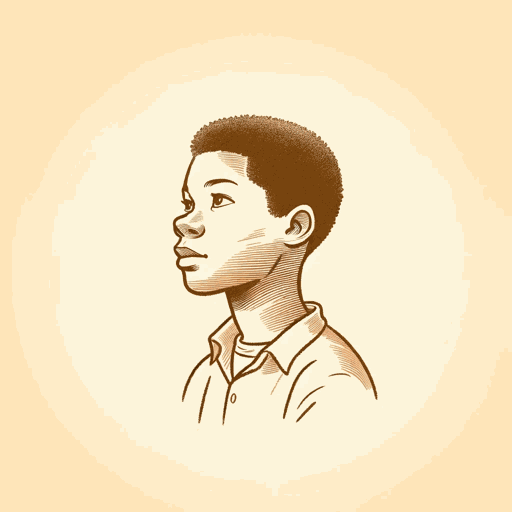
Not Without Laughter
Langston Hughes
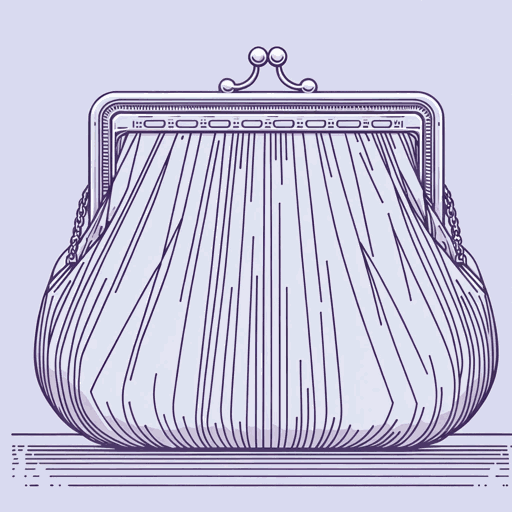
Thank You, M'am
Langston Hughes

The Big Sea
Langston Hughes
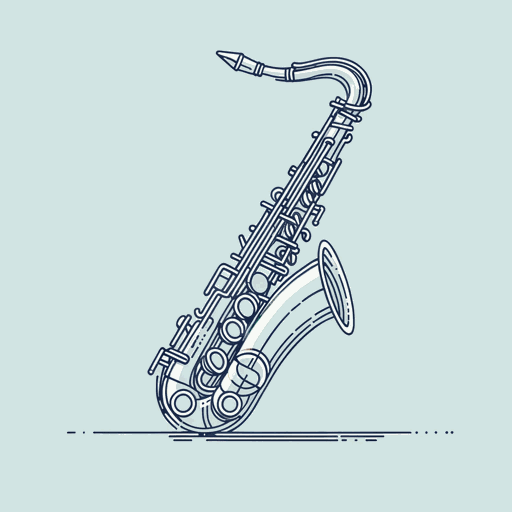
Theme for English B
Langston Hughes

The Negro Artist and the Racial Mountain
Langston Hughes

The Negro Speaks of Rivers
Langston Hughes

The Ways of White Folks
Langston Hughes

The Weary Blues
Langston Hughes

Tired
Langston Hughes
Featured Collections
A Black Lives Matter Reading List
View Collection
African American Literature
View Collection
Black History Month Reads
View Collection
Books on Justice & Injustice
View Collection
Civil Rights & Jim Crow
View Collection
Contemporary Books on Social Justice
View Collection
Historical Fiction
View Collection
Pride & Shame
View Collection
Psychological Fiction
View Collection
Realistic Fiction (High School)
View Collection

